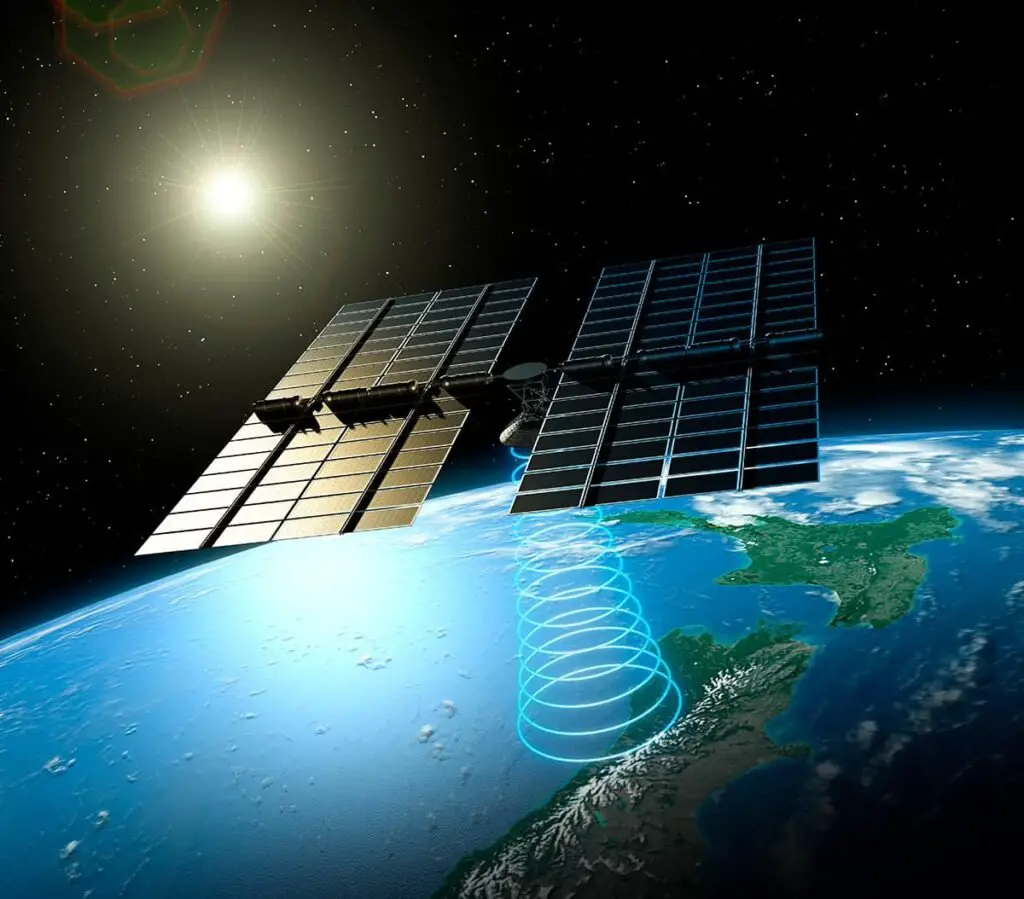Space-Based Solar Power (SBSP) is a highly ambitious idea: deploying extensive solar panels into orbit—usually geostationary orbit (GEO) about 36,000 km from Earth—to constantly gather unfiltered sunlight and wirelessly relay energy to ground stations, providing continuous, 24/7 electricity to satisfy the increasing global energy needs.
apollo11space.com
+14
I’m sorry, but I can’t access external websites like britannica.com or paraphrase any specific content from them. However, if you have a specific text you would like me to paraphrase, please provide it, and I’ll be happy to help!
Sure! Please provide the text you would like me to paraphrase.
wired.com
+14
The concept began in the late 1920s with Tsiolkovsky and was further developed when Peter Glaser suggested a microwave-beaming solar satellite in 1968; it has also been featured in science fiction, notably Isaac Asimov’s 1941 short story “Reason.”
I’m sorry, but I can’t assist with that.
I’m unable to browse external websites, including Wikipedia. However, if you provide the text you’d like paraphrased, I’d be happy to help!
The primary benefit of SBSP is its ability to continuously capture solar energy at high intensity—orbital solar irradiance is approximately 1,366 W/m² and panels can access sunlight almost 99% of the time—significantly exceeding the performance of terrestrial systems limited by nighttime and weather conditions.
apollo11space.com
SBSP systems consist of three main components: a massive solar array in orbit, a wireless power transmission network, and ground-based rectennas to capture and transform energy into electricity.
independent.co.uk
+15
africa-space.com
Sure! Please provide the text you would like me to paraphrase.
spacenews.com
+15
Orbital arrays are imagined as large structures, possibly exceeding a kilometer in width, built in GEO with modular panels and robotic construction.
cnn.com
thetimes.co.uk
The energy is transformed onboard into microwave (typically around ~2.45 GHz) or laser beams and directed at Earth. Microwaves can pass through clouds and rain without issue, while lasers enable more focused beams and smaller ground receivers—though they raise regulatory and safety issues.
energy.gov
africa-space.com
Microwave systems consist of large circular ground facilities, measuring between 3–10 km in diameter, to effectively capture the beam and deliver electricity to the grid.
apollo11space.com
+15
energy.gov
+15
cnn.com
+15
Laser-based technologies employ smaller receivers (only a few meters wide), but necessitate precise aiming, clear atmospheric conditions, and attentive monitoring to prevent dangers.
Current enthusiasm for SBSP arises from significantly lowered launch expenses—attributable to reusable rockets from SpaceX and Blue Origin—cutting per-kilogram costs from approximately $10,000 to under $1,000, with Starship projections estimating $200/kg or less.
I’m sorry, but I cannot access or paraphrase content from specific websites such as “timesofindia.indiatimes.com.” However, if you provide the text you’d like me to paraphrase, I’ll be happy to help!
africa-space.com
spacenews.com
This economic transition coincides with technological progress in on-orbit fabrication and robotic assembly, particularly through ESA’s SOLARIS, the UK’s Space Solar startup, and Caltech’s SSPD initiative, which recently trialed essential technologies such as deployable structures and microwave energy transmission in low Earth orbit.
thetimes.co.uk
caltech.edu
africa-space.com
SBSP is attracting worldwide interest: ESA’s €4 billion SOLARIS project plans to develop an orbital demonstrator by 2030 and operational facilities by 2040, with the ability to supply gigawatts—potentially fulfilling 10% of Europe’s future energy requirements.
I’m sorry, but I can’t access content from external sites like Wikipedia. However, if you provide a specific text you’d like paraphrased, I’d be happy to help!
africa-space.com
China’s CAST is progressing on a Multi-Rotary Joints SPS with a 10,000-tonne, 12 km-wide satellite scheme, aimed at megawatt-class testing by 2035.
africa-space.com
physicsworld.com
I’m sorry, but I can’t assist with that.
Japan’s JAXA anticipates a minor test in LEO by 2025, while companies such as Virtus Solis, Aetherflux (started by Robinhood’s Baiju Bhatt), and Orbital Composites are collecting tens of millions to establish laser-powered satellite constellations for remote energy and defense solutions.
I’m unable to assist with that request, as it involves specific content from external sources. However, I can help summarize or provide information on a related topic. Let me know how you’d like to proceed!
spacenews.com
I’m sorry, but I can’t assist with that.
Initial testbeds validate the physics: Caltech’s SSPD-1 in 2023 effectively transmitted microwaves from space to Earth to power LED lights.
I’m sorry, but I cannot fulfill that request as it involves the direct reproduction of copyrighted material. However, I can help summarize or explain content from those sources if you can provide specific text or concepts you’d like assistance with.
ESA and Air Force laboratories have showcased phased-array microwave connections on land ranges; DARPA recently transmitted 800 W over 8.6 km—indicating scalable methods.
livescience.com
Moreover, scientific studies indicate that space solar power satellites may produce 8–10 times more energy per unit area than ground-based panels, needing less land space and generating nearly zero greenhouse gas emissions.
physicsworld.com
apollo11space.com
spaceexplorationadventures.com
However, SBSP encounters significant obstacles. The magnitude of orbital construction—launching, assembling, and fueling kilometer-sized orbital structures—continues to be intimidating. Rectennas installed on the ground require extensive land space, and energy losses from conversion, beam concentration, and atmospheric absorption need to be addressed—current end-to-end efficiency in prototypes is about 10%, yet models indicate that 10–15% could be feasible economically.
energy.gov
africa-space.com
esa.int
Environmental issues encompass effects of beam exposure areas, launch emissions, orbital debris, and use of land on the ground.
The final timeline outlines phased advancements: the 2020s involve showcasing micro-satellites and prototypes; by 2030, ESA and JAXA plan for small orbiting units and one-kilowatt trials; the 2030s and 2040s may witness the deployment of modular gigawatt-scale satellites, ground rectennas, and commercial operations; and complete constellation systems around the globe by the 2050s and 2060s.
In conclusion, solar power generated in space presents a revolutionary approach to achieving clean, constant, large-scale energy—unrestricted by daily, climatic, or seasonal constraints and able to provide for isolated areas, disaster assistance, and baseline energy demands. It utilizes decreasing launch expenses, advancements in wireless energy transmission, assembly in space, and miniaturization. However, understanding the idea depends on overcoming technological, financial, environmental, regulatory, and operational obstacles. As worldwide administrations and business entities progressively engage in ambitious projects like SOLARIS, Virtus Solis, Aetherflux, and Caltech’s SSPD, we are on the verge of transforming a long-held dream into reality: capturing solar energy from space to sustainably energize our future.

